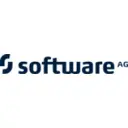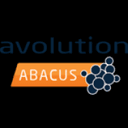Sparx Systems Enterprise Architect Review
I used Sparx Systems Enterprise Architect to deliver services to clients. It enables our Enterprise Architecture work.


Enterprise Architect is the flagship architecture management platform from global, Australian-headquartered company Sparx Systems.
| Deployment Types | On-premise |
|---|---|
| Operating Systems | Windows, Linux, Mac |
| Mobile Application | No |
Based on user feedback, here are the most common recommendations for the software:
These recommendations focus on seeking external expertise, enhancing documentation capabilities, and improving baselining and version control guidance to optimize the software's functionality.





